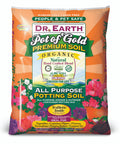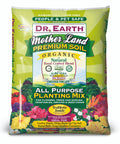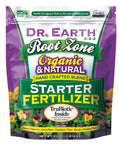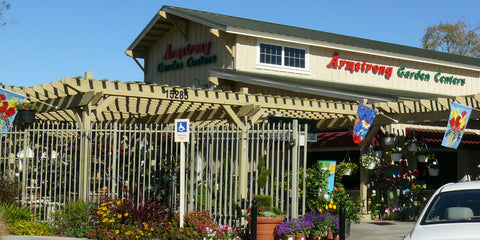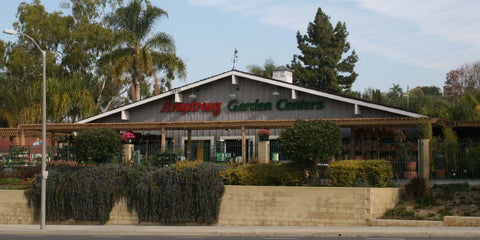Details
Edible Qualities
Burgundy Plum is a small tree that is commonly grown for its edible qualities. It produces burgundy round fruit (technically 'drupes') with dark red flesh which are usually ready for picking from early to mid summer. Note that the fruits have hard inedible pits inside which must be removed before eating or processing. The fruits have a sweet taste and a juicy texture.
The fruit are most often used in the following ways:
- Fresh Eating
- Cooking
- Preserves
- Drying
Features
Burgundy Plum is smothered in stunning clusters of fragrant white flowers along the branches in early spring before the leaves. It has forest green foliage throughout the season. The pointy leaves turn yellow in fall. The fruits are showy burgundy drupes carried in abundance from early to mid summer.
This is a deciduous tree with an upright spreading habit of growth. Its average texture blends into the landscape, but can be balanced by one or two finer or coarser trees or shrubs for an effective composition. This plant will require occasional maintenance and upkeep, and is best pruned in late winter once the threat of extreme cold has passed. Gardeners should be aware of the following characteristic(s) that may warrant special consideration:
- Messy
- Disease
Aside from its primary use as an edible, Burgundy Plum is sutiable for the following landscape applications:
- Accent
- Orchard/Edible Landscaping
Care
Planting & Growing
Burgundy Plum will grow to be about 15 feet tall at maturity, with a spread of 15 feet. It has a low canopy with a typical clearance of 3 feet from the ground, and is suitable for planting under power lines. It grows at a medium rate, and under ideal conditions can be expected to live for 40 years or more. This is a self-pollinating variety, so it doesn't require a second plant nearby to set fruit.
This tree is typically grown in a designated area of the yard because of its mature size and spread. It should only be grown in full sunlight. It does best in average to evenly moist conditions, but will not tolerate standing water. It is not particular as to soil type or pH. It is highly tolerant of urban pollution and will even thrive in inner city environments. This particular variety is an interspecific hybrid.


